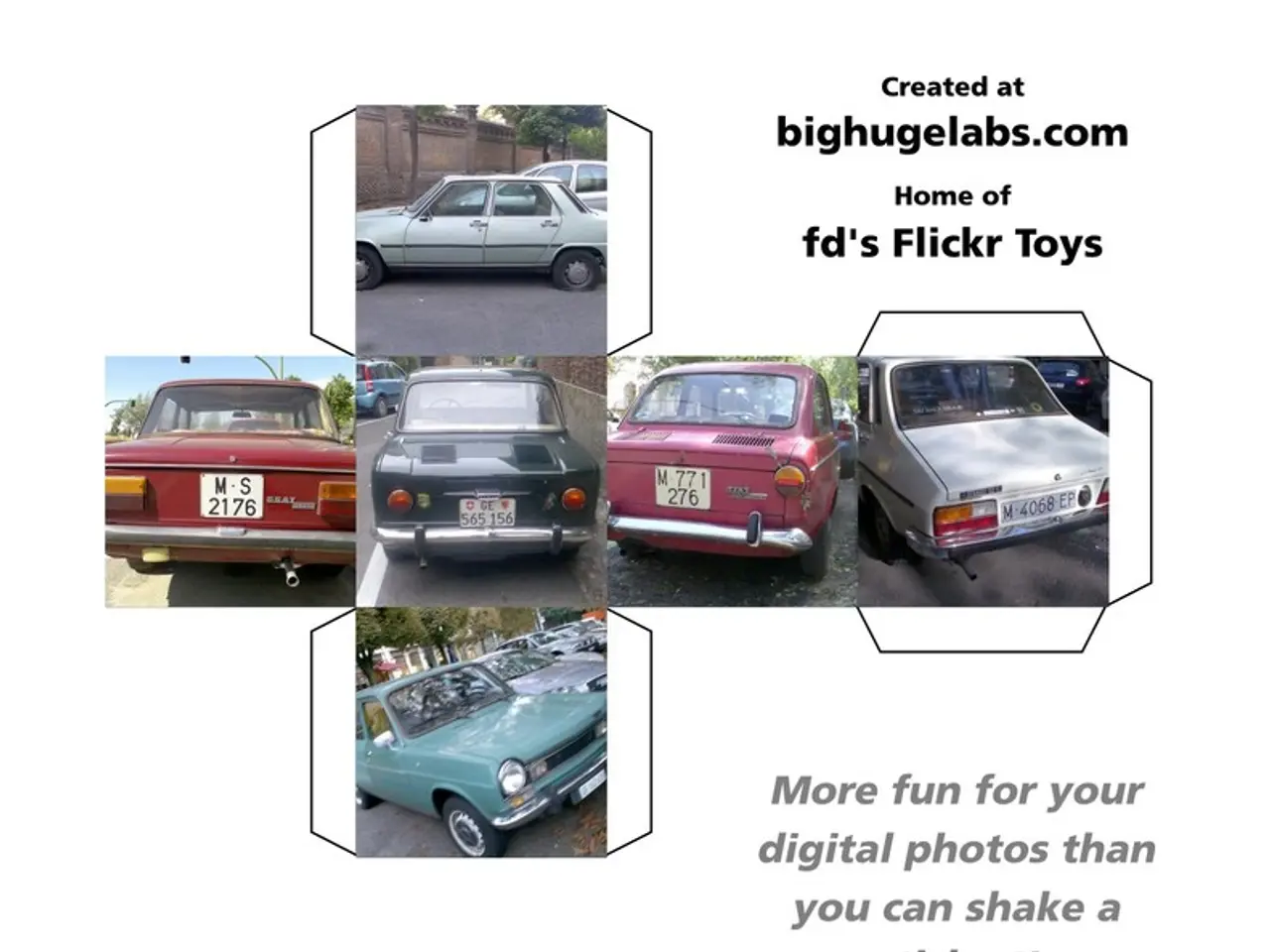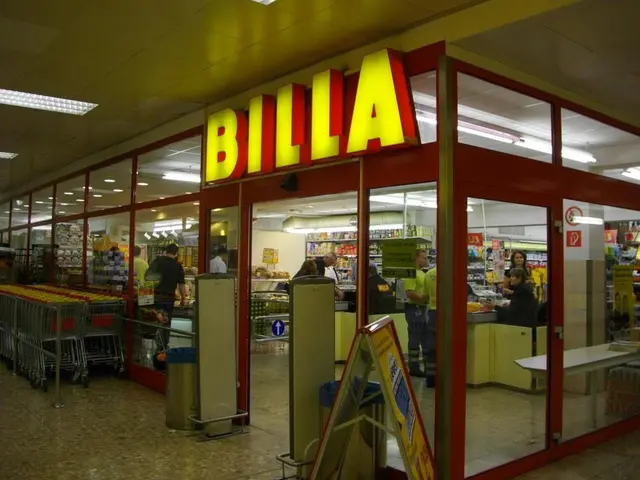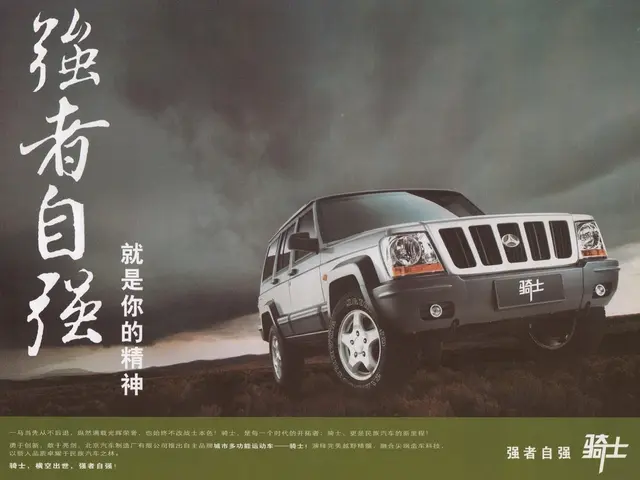Carpool lane residency: Apologies to electric vehicle drivers, it's about time for genuine carpools to claim the carpool lane privilege
California is set to end the special privileges for electric vehicles (EVs) in high-occupancy vehicle (HOV) lanes, a move that could impact over half a million EV drivers in the state. The Clean Air Vehicle (CAV) decal program, which has allowed EVs to use carpool lanes solo, will expire on September 30, 2025[1][2][3][4].
The CAV decal program, introduced in 2004 to encourage the adoption of hybrid and zero-emission vehicles, will no longer be valid after the expiration date. This means that starting October 1, 2025, EV drivers will need to meet the required occupancy or pay tolls to use HOV lanes[1][2][3][5].
Current decal holders, numbering approximately 519,000 according to California Air Resources Board data, will lose their unrestricted access to HOV lanes and discounted tolls on toll roads[1][2][3][5]. The state legislature attempted to extend this program to January 1, 2027, but federal approval is unlikely[1].
The decision to end the CAV decal program has raised concerns about the potential slowdown in EV adoption, a key factor in California's goal of achieving 100% zero-emission new vehicle sales by 2035[3][5]. California officials are currently exploring alternative options to provide incentives for EV owners, though specifics have not been disclosed[5].
Meanwhile, residents like Joseph DeMello, a Long Beach resident who has been carpooling from Long Beach to Irvine for most of 20 years, are frustrated by the lack of enforcement in Southern California HOV lanes. DeMello estimates that about 20 years ago, authorities allowed EVs to use HOV lanes without passengers. However, he finds that today, these lanes are filled with cars carrying solo drivers[6].
DeMello proposes a change in the rules to require that a second passenger (of driving age) be in the front seat for the cameras to perform their function. This, he believes, would help reduce cheating in Southern California HOV lanes[6].
The original purpose of carpool lanes was to increase ride-sharing and reduce traffic congestion. However, the current situation, where many cars in HOV lanes are driven by solo drivers, contradicts this intent[7]. Neighboring states Washington and Oregon never allowed single-occupant EVs in HOV lanes, despite high EV adoption rates there[1].
As California prepares to discontinue free solo use of carpool lanes by EVs starting October 1, 2025, pending federal legislative changes, the focus shifts towards finding effective solutions to ensure the lanes serve their original purpose and contribute to reducing congestion and promoting carpooling.
References: 1. California to end electric vehicle access to carpool lanes 2. California's Clean Air Vehicle program set to expire in 2025 3. California to end Clean Air Vehicle decals for solo electric vehicles in carpool lanes 4. California to phase out electric vehicle decals for solo drivers in carpool lanes 5. California May End Special Permits for Electric Vehicles in Carpool Lanes 6. Long Beach Resident Proposes Changes to Reduce Cheating in Southern California HOV Lanes 7. Carpool Lanes: A Brief History and the Future of Commuting
- The ending of the Clean Air Vehicle decal program in California, which allows EVs to use carpool lanes solo, raises questions about the future of EV adoption in the state.
- California's decision to stop the CAV decal program for electric vehicles may impact over half a million drivers who currently use the special privileges in HOV lanes.
- Education about the benefits of EVs and environmental science could help address concerns related to the phasing out of the CAV decal program and encourage more people to make a lifestyle change to electric vehicles.
- Los Angeles, a city with significant traffic problems, could leverage its position as home to UCLA, a leading research center in environmental science, to develop innovative solutions for transportation and climate-change that prioritize the use of electric vehicles.
- The ending of free solo use of carpool lanes by EVs in California, if accompanied by effective solutions that incentivize carpooling, may contribute to reducing traffic congestion and promoting a healthy lifestyle, such as reduced dependence on personal cars.
- The California legislature should consider financial support for the development of electric vehicles and electric infrastructure, as a means to support the growth of the EV industry and its impact on the environment.
- California's decision to discontinue special privileges for electric vehicles in carpool lanes could have implications for other states with similar programs, particularly those with high EV adoption rates, such as Washington and Oregon.




